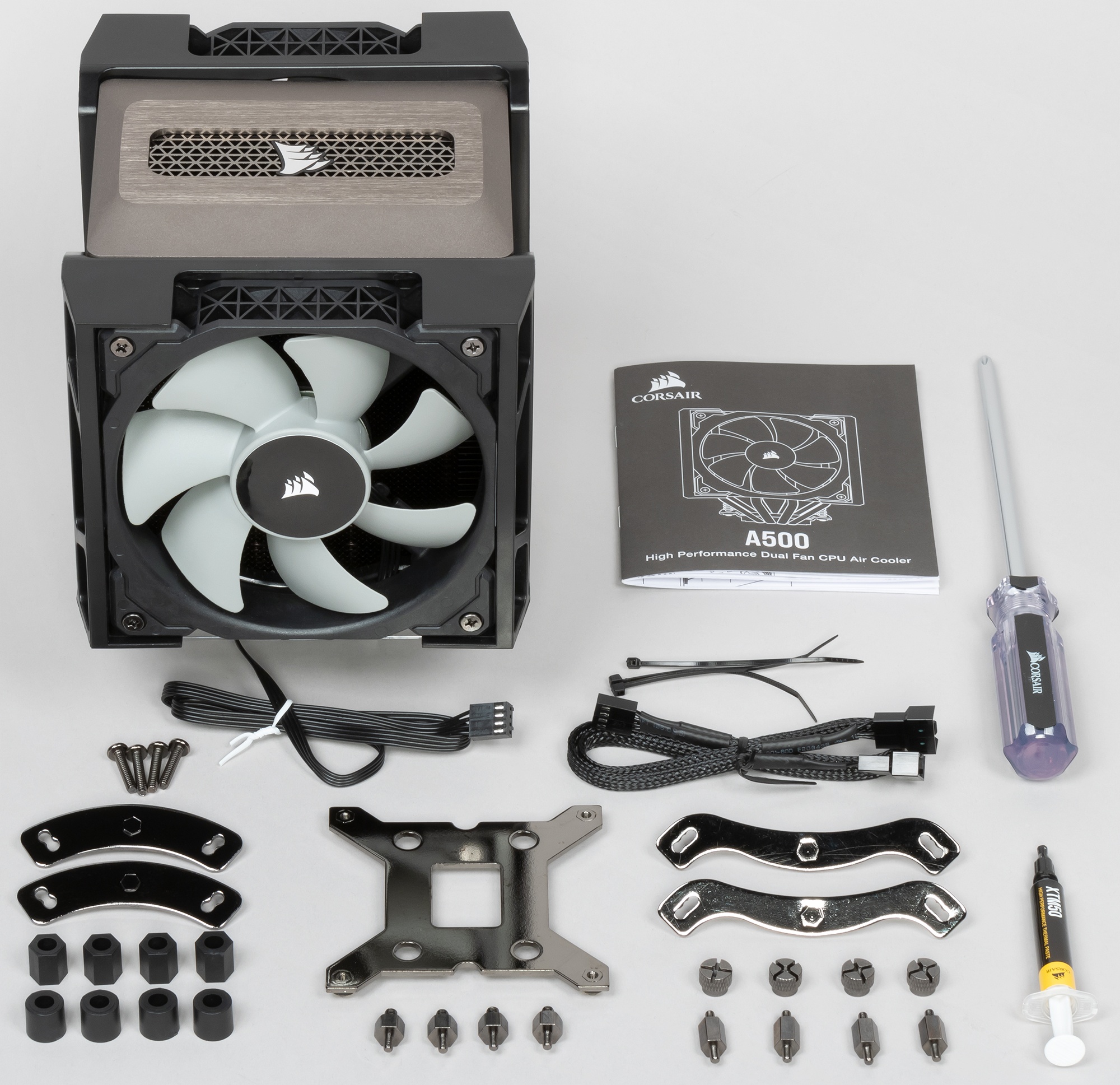
Be careful with coolers!
One of the most important elements of the engine cooling system is the fluid cooler. In cars, we can find different solutions for these heat exchangers. They differ in the active surface manufacturing technology, as well as the shape and arrangement of individual elements, the so-called. basic. Radiators, like other parts of the car, are subject to various kinds of damage caused by both external factors and improper operation of the cooling system.
How does it work?
First, a little theory: the primary task of the cooler is to lower the temperature of the engine coolant. In turn, the amount of the latter strictly depends on the interaction of the coolant pump and the thermostat. Therefore, the radiator must operate at maximum efficiency to prevent the engine from overheating. This ensures efficient heat dissipation in critical operating conditions without the risk of irreversible overheating of the drive unit. The cooling process itself takes place through the active surface of the cooler, known in technical terms as the core. The latter, made of aluminum, is responsible for collecting heat from the flowing coolant.
Folded or sintered?
Depending on the type of coolers, we can find their cores with horizontal or vertical tubes. However, according to their production technologies, mechanically folded and sintered structures are distinguished. In the first, the core of the radiator consists of round tubes and flat aluminum plates (lamellas) laid on them. On the other hand, in the "sintering" technology, pipes and lamellas are not joined end-to-end, but are welded together by melting their outer layers. This method improves the heat transfer between the two radiator elements. Moreover, this combination of tubes and lamellas makes them more resistant to various kinds of vibrations. Therefore, sintered core coolers are mainly used in delivery vehicles, trucks and special vehicles.
What's breaking?
Most often, damage to the radiator core occurs when hitting vehicles moving at low speed (for example, when maneuvering in parking lots) or after hitting stones thrown by the front wheels of the car. On the other hand, the lamellas are often deformed as a result of incorrect car washing, for example, using high-pressure cleaners. Radiator damage can also be caused by a malfunctioning cooling system. One of the most common mistakes car owners make is using low-quality coolant or adding water that has not been descaled. In the first case, the poor quality of the liquid can lead to its freezing in winter and, as a result, to core rupture. On the other hand, the use of water that is not descaled leads to the formation of small crystals, which can subsequently lead to clogged channels and stop the flow of coolant.
How to assemble?
A damaged radiator should be replaced with a new one (in case of less serious damage, a remanufactured element can be used). When disassembling a faulty radiator, it is necessary to diagnose the causes of its damage - this will facilitate the correct installation of a new one. Before putting it on, be sure to check the condition of the elements responsible for its fastening and cushioning. It is better to replace all washers, rubber hoses (they often crack or break) and their clamps. Fasten the new cooler with the fixing screws, paying special attention to the correct position. This operation should be carried out carefully, as the lamellas are very often crushed, which leads to a decrease in cooling efficiency already at the assembly stage. The next step is to connect the rubber hoses and fix them with clamps. Before filling the system with a coolant recommended by the car manufacturer, experts recommend flushing it with clean water. On the other hand, after filling the system with fluid, check that the air has been properly vented.